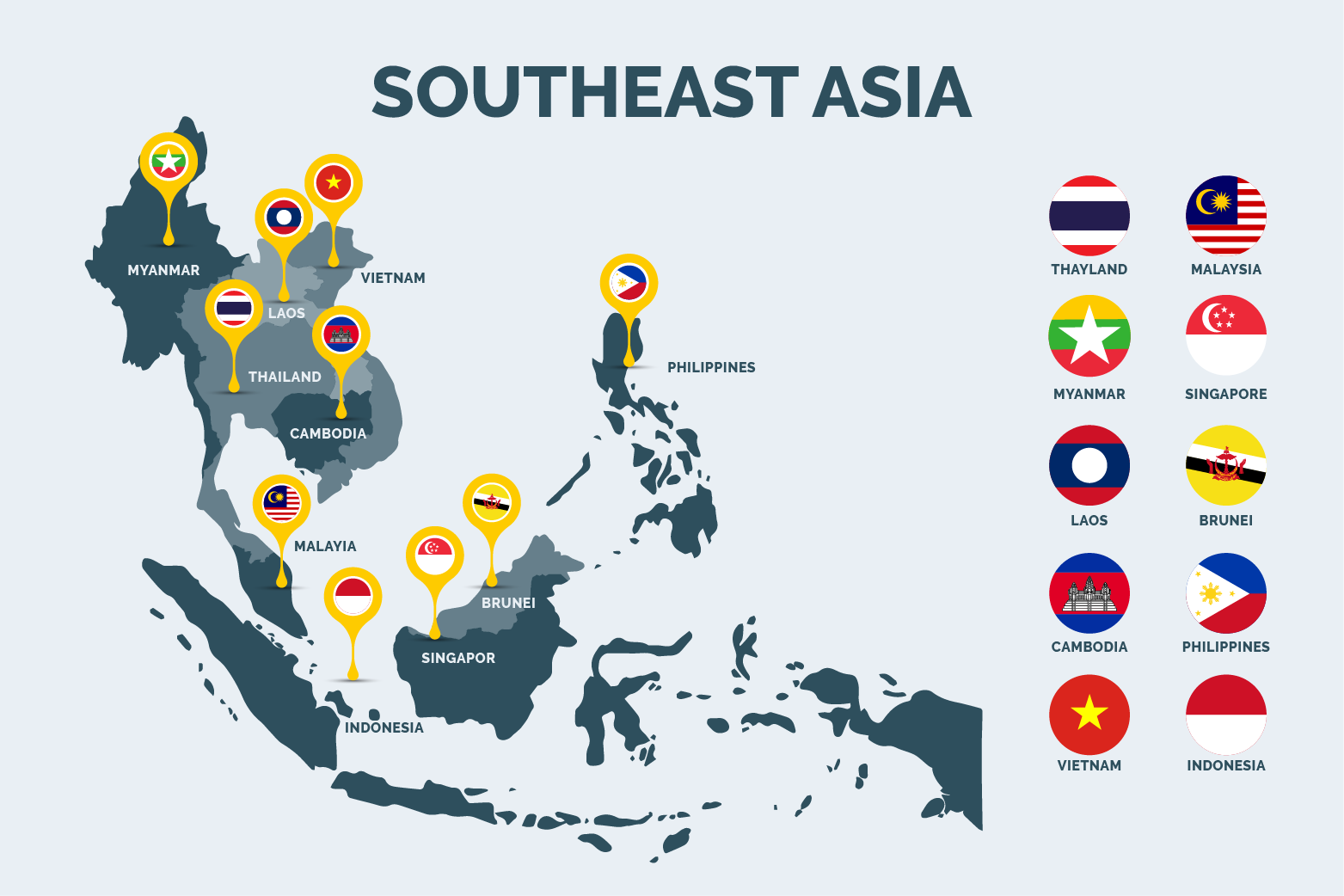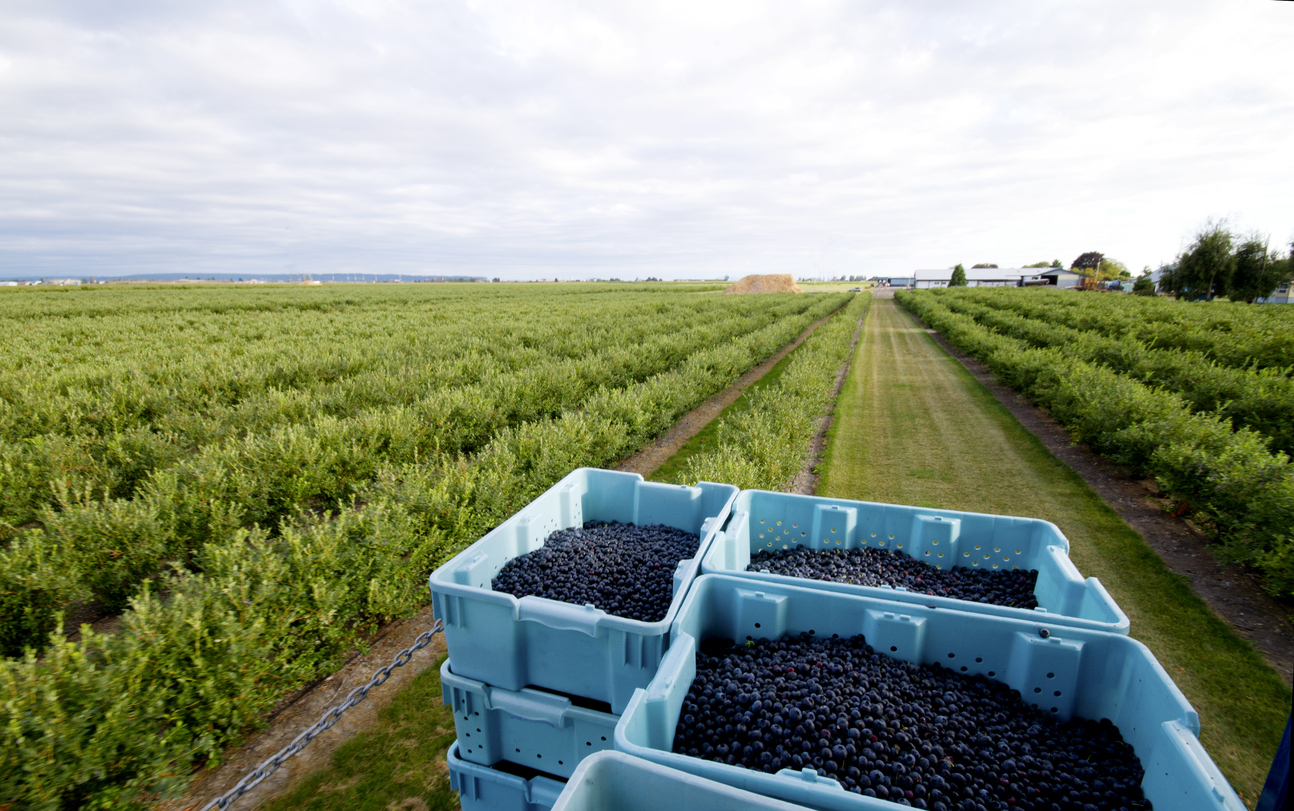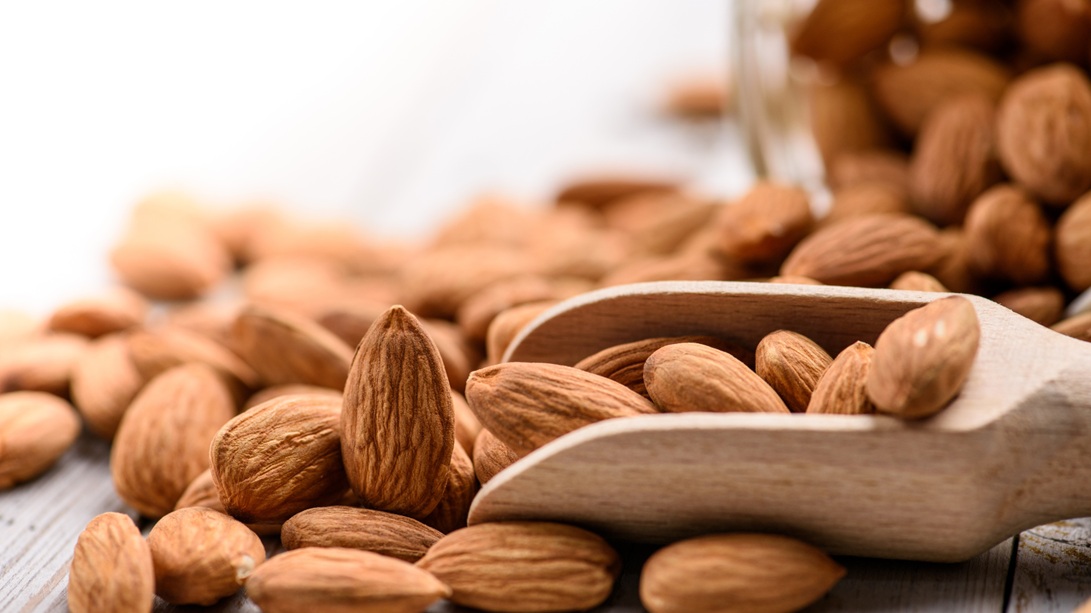In recent years, Vietnam and Southeast Asia have witnessed a remarkable shift in consumer preferences toward healthy, natural, and premium imported foods – especially fruits, nuts, and functional snacks from the U.S. and Europe. As rising incomes, urbanization, and awareness of wellness reshape dietary habits, Western-origin products are carving out a strong foothold in the region’s expanding health-conscious market.
In Vietnam, the demand for imported healthy foods such as almonds, walnuts, dried cranberries, blueberries, and superfoods has grown steadily since 2020. NielsenIQ and Vietnam Report data show that over 60% of urban consumers now prioritize “clean” and “natural” products, and nearly half are willing to pay higher prices for imported health-oriented snacks. Products like U.S. almonds, European mixed nuts, and dried berries have become increasingly visible in supermarkets, convenience stores, and online marketplaces such as Shopee, Lazada, and Tiki.
This trend is not limited to Vietnam. Across Southeast Asia, the middle class is expanding rapidly – with over 400 million consumers expected to reach middle-income status by 2030. Indonesia, Thailand, Malaysia, and the Philippines are all seeing robust growth in healthy food imports. The region’s young demographics, combined with rising concerns about obesity, diabetes, and heart health, have driven interest in nutrient-rich snacks, plant-based options, and functional ingredients.

Western brands benefit from strong perceptions of quality and safety. Products labeled “Made in the USA” or “Product of the EU” are associated with reliability and health assurance – key factors for consumers wary of local food safety scandals. Moreover, the increasing influence of Western lifestyles and global travel exposure continues to shape eating habits among Southeast Asian consumers, who are now more familiar with products like granola, nut mixes, and dried fruit blends.
Online retail and modern trade channels play a critical role in this transformation. In Vietnam, e-commerce food sales grew by over 25% annually post-pandemic, providing opportunities for niche international brands to reach health-conscious young professionals and expats without major distribution investments. Supermarket chains like WinMart, AEON, and Central Retail have also expanded their imported “healthy living” sections, giving shelf space to premium Western brands.
Looking ahead, opportunities for U.S. and European exporters are expanding in both retail and manufacturing. Local producers in Vietnam and Thailand increasingly use imported nuts and dried fruits as ingredients in bakery, dairy, and snack products, opening B2B demand alongside retail sales. Competitive advantages lie in maintaining authenticity, sustainability, and storytelling – values that resonate strongly with the region’s emerging health-driven middle class.
In short, Southeast Asia’s growing appetite for Western healthy foods is not a passing trend but a long-term shift. For exporters from the U.S. and Europe, Vietnam and its neighbors now represent one of the world’s most promising frontiers for natural, nutritious, and premium food products.




